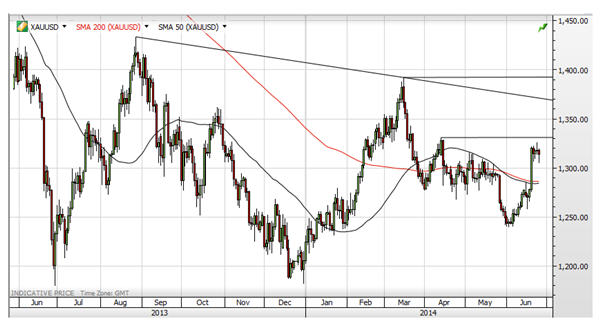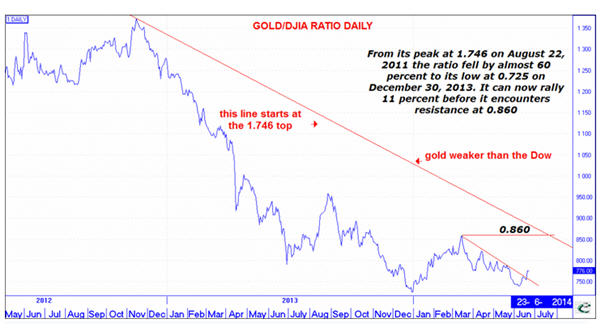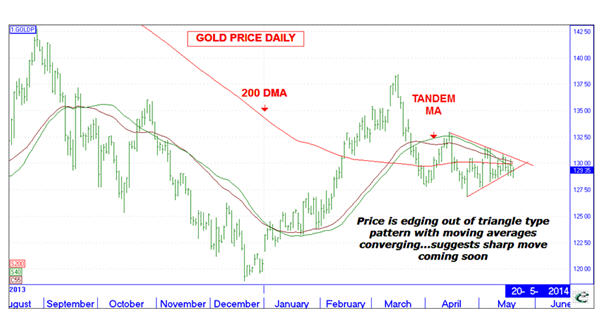 Alcoa Inc, the company that helped create the aluminum industry more than a century ago, is reinventing itself as a manufacturer of specialized components for aerospace and automotive customers, including some that contain no aluminum at all.
Alcoa Inc, the company that helped create the aluminum industry more than a century ago, is reinventing itself as a manufacturer of specialized components for aerospace and automotive customers, including some that contain no aluminum at all.
The company's deal for jet engine part maker Firth Rixson, which uses little aluminum, is its biggest move yet to escape the terrible primary aluminum market by crafting the parts its customers need, even if they are made of nickel or titanium.
It announced the proposed $2.85 billion deal to buy Firth Rixson earlier on Thursday.
Alcoa talks constantly about expanding its downstream businesses, which sell truck wheels, aircraft parts and other goods. Now it is rebranding itself in ways that would have seemed unthinkable just a few years ago.
"We are really material-agnostic," Chief Executive Officer Klaus Kleinfeld said in an interview on Thursday. "We love, internally, that we have fights over what is the right material, in front of our customers, together with our customers."
From an upstart, this would be one thing. But Alcoa has been synonymous with aluminum since 1888, and it has a role in every part of the sector: mining bauxite, refining it into alumina and smelting alumina to create aluminum.
And yet in retrospect, Thursday's deal is not the first sign of a shift into other metals. Aerospace, which accounted for 17 percent of revenue last year, is already dominated by nickel-based alloys and titanium, as well as aluminum-lithium alloys.
In January, Alcoa quietly revised the company description that appears in its news releases. Instead of "the world's leading producer of primary and fabricated aluminum," it now introduces itself as "a global leader in lightweight metals engineering and manufacturing."
Last week it said it would invest $25 million in Hampton, Virginia, to produce largely nickel-based alloy jet engine blades. In May, it broke ground on a $100 million facility in Indiana to make nickel-based alloy engine parts.
Investors are not complaining. Alcoa's stock has been climbing more or less steadily since late last year, and is up more than 80 percent from a year ago.
"I think it's a good thing," said Tim Ghriskey, chief investment officer of Solaris Group, referring to the Firth Rixson deal. "It makes aerospace a bigger part of Alcoa, and to us it's a business with a wide moat."
Ghriskey also said the deal would diversify Alcoa, and that was likely boosting the stock. Shares closed up 2.7 percent at $14.94 on Thursday.
DIVERSIFY, DIVERSIFY, DIVERSIFY
Aerospace has long been a key market for aluminum producers, but Alcoa and its rivals are also expanding in the U.S. automotive industry, once virtually owned by the steelmakers.
That battle came up often at last week's Steel Success conference in New York. At one point an audience member asked Lakshmi Mittal, chief executive of top steelmaker ArcelorMittal SA, why he would not just buy an aluminum producer. The audience laughed.
"You can also tell aluminum companies that steel is a better solution. They should buy steel companies," Mittal said, to applause. The next questioner changed the subject.
But in the face of low prices and excess capacity, steelmakers should also consider diversifying into other materials, said John Lichtenstein, Accenture's global managing director for metals.
"There's sort of the mindset of, zero sum, winner take all, in the automotive war in particular," he said. But automakers have told him they want suppliers to look at the entire vehicle, to help work out the best mix of materials and solve technical problems like how best to join them together.
SPIN OFF?
The Firth Rixson deal is sure to revive the debate over whether Alcoa should remain vertically integrated, or break itself up as rival Alcan did in 2005, when it spun out Novelis, which makes aluminum sheet for beverage cans and cars.
Asked about a spin-off, CEO Kleinfeld said Alcoa is well-positioned right now, and pointed to the higher-cost smelters it has shut down in the last few years, as well as its joint venture in Saudi Arabia, which is expected to boast low operating costs once it has ramped up.
"We've come down substantially on the cost curve. We will continue to come down," he said. But he added the company is always looking at its portfolio.
In general, Lichtenstein said, vertical integration can benefit aluminum companies that have access to high quality bauxite, which is in tighter supply, than, for example, iron ore, used to make steel.









